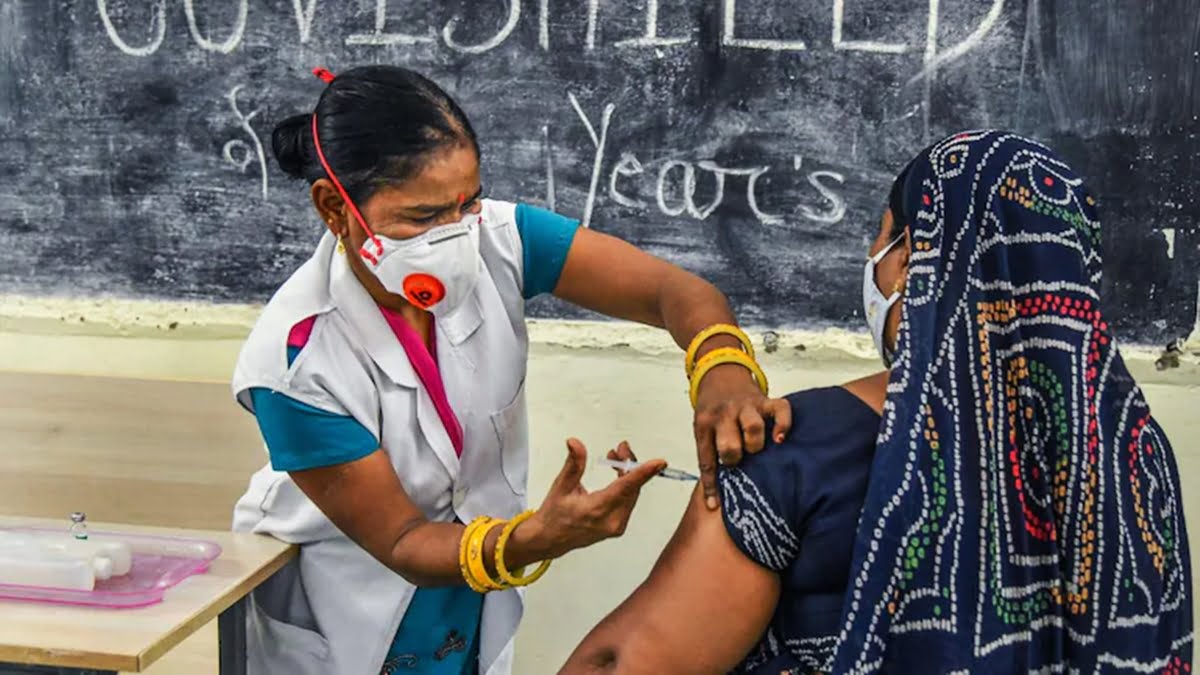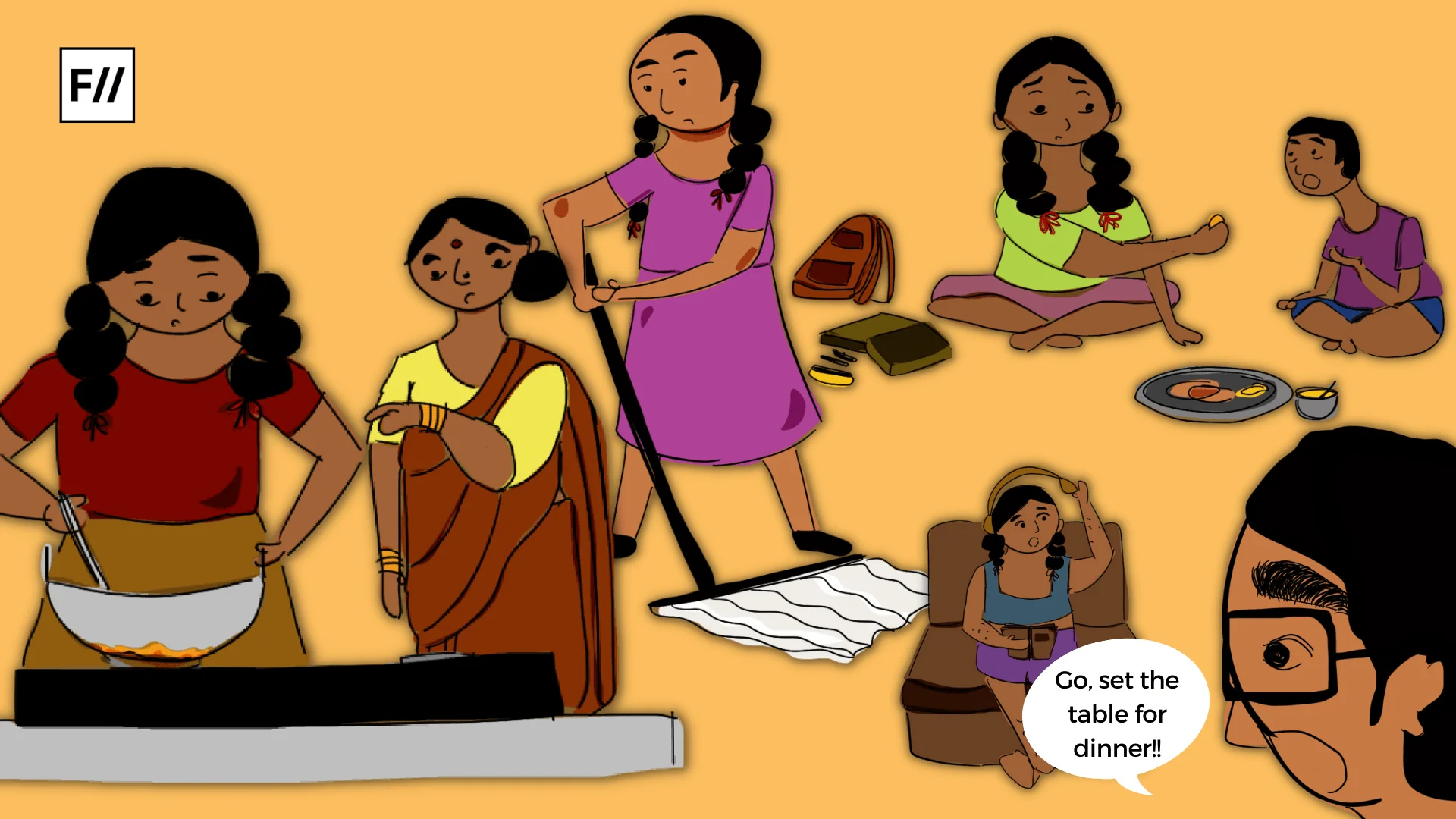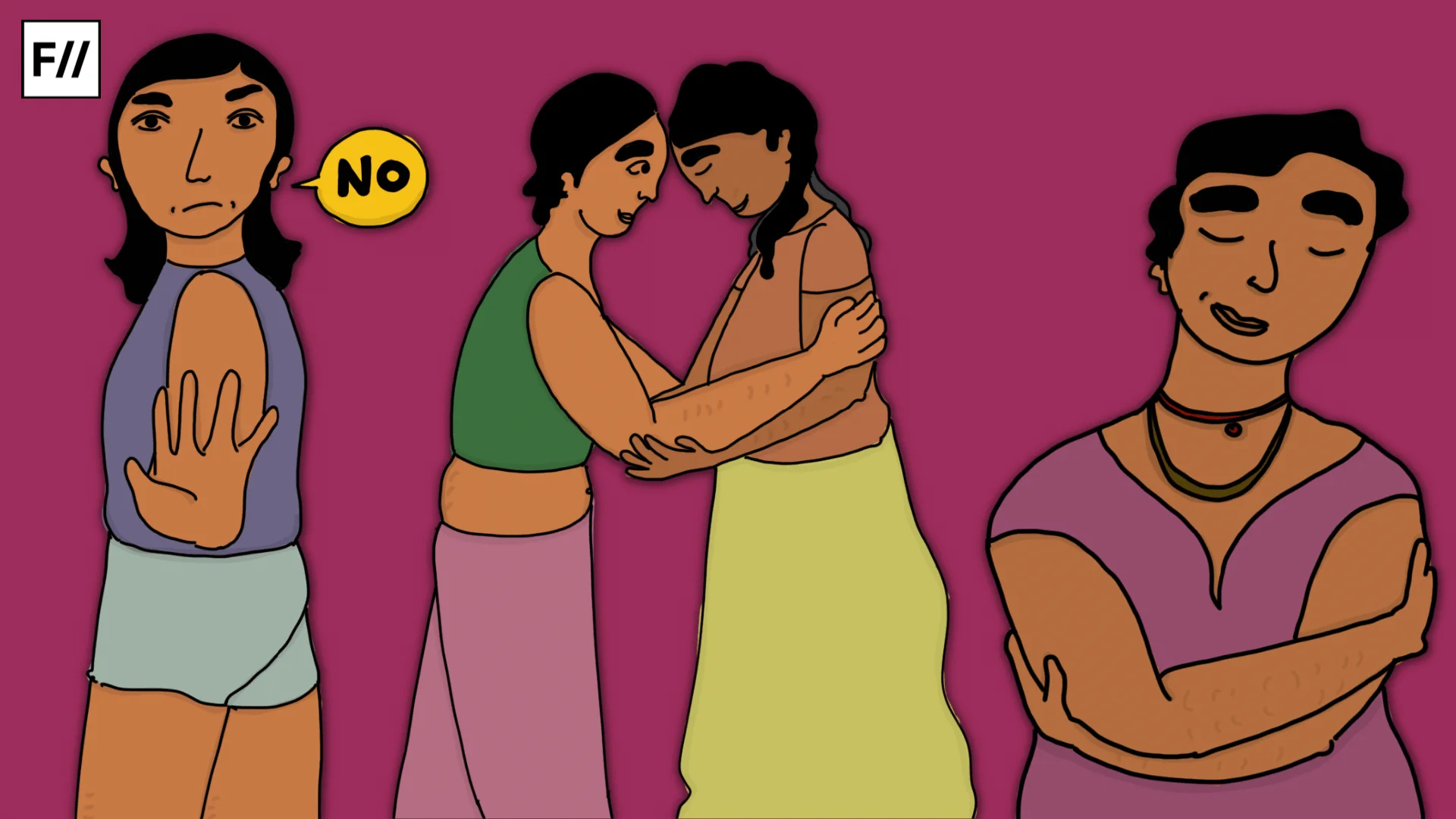As India celebrated the 1 billion vaccinations on 21 October, it’s imperative to look back at the inequities that surfaced amidst a vaccination programme and the COVID-19 response. India has fully vaccinated about 30% (291 million) of its eligible population and 707 million have had the first dose – among this data it had vaccinated 6% fewer women in the country, as per a BBC report published on 21 October. 6% feels a small percentage in itself however it’s not when it comes to India’s population, because 6 percent means approximately 17 million fewer women have been vaccinated. The first outbreak of COVID-19 caught the global community off-guard, forcing complete shutdown in most nations, including India. Provisioning both COVID and non-COVID health and nutrition services was challenging, leading to a significant drop in its utilisation.
If we have learned anything from the last surge period, it is that the pandemic does not impact us equally. Women are pushed to the margins more dramatically than the rest.
The Digital Divide in India
India started its vaccination programme through a rigid digital model, making women the side-lined beneficiary group right from the start. With over 500 million internet users, India has the world’s second largest online population. However, only 30 percent of India’s online users are women, considerably less than other developing countries such as China and Indonesia, which have greater than 40 percent female Internet users. In India’s rural areas, the proportion of female internet users drops to 12 percent. Despite being the backbone of rural communities and producing between 60 and 80 percent of all food in India, women face social hurdles when it comes to gaining access to education, health, land rights, as well as technology. As per the Yale Centre of Growth, of the 376 million COVID-19 vaccine doses that India had administered by July 12, men had received 202 million, while women had received only 175 million. This gender gap in vaccine rollout is due to several factors, including the methods by which people could access vaccines.
Initially, India largely relied on digital tools to allocate vaccines, and men have greater digital access than women by the virtue of possessing more smartphones to women, having larger access to the internet, greater income and larger agency to access information.
Further to access and navigate India’s vaccine portal, basic reading and typing abilities are required, which inherently create multiple barriers for women. 75% Indian men, but only 45% of women, reported owning a mobile phone. More relevant to the issues at hand, 24% of men, compared to under 10% of women, owned a smartphone, and 32% of men, but only 15% of women, were digitally fluent. Clearly, many women depended on men to determine whether they receive vaccines.
Further to access and navigate India’s vaccine portal, basic reading and typing abilities are required, which inherently create multiple barriers for women. 75% Indian men, but only 45% of women, reported owning a mobile phone. More relevant to the issues at hand, 24% of men, compared to under 10% of women, owned a smartphone, and 32% of men, but only 15% of women, were digitally fluent. Clearly, many women depended on men to determine whether they receive vaccines.
What leads to the gender gap in vaccine uptake in India?
Social and Cultural Barriers
According to NFHS (2015-16) data, only 40 percent of women in India are allowed to go out alone, including to a health facility pointing towards women’s lack of freedom of movement and dependency to commute to distant immunisation centres. Additionally, women had to seek permissions to get inoculated, stating them as passive actors in decision making, diluting their agency. Recently, the World Health Organization stated that “understanding how gender roles, norms, and relations and gender inequality influence access to, and demand for, vaccines in different contexts is critical for expanding reach.” It had added that gender-related barriers “must be addressed in the planning and rollout of vaccine distribution to reach everyone, especially those most marginalised.”
Gender constructs in India are formed early on. Since childhood, girls are taught to minimise their health needs or even stay quiet about them and home remedies for every issue become a norm. They are often discouraged from seeking medical help because going alone to the health centres, often located at a distance, would put them at risk of assault or violence.
Challenges of Mobility and Vaccine Access
Enhanced autonomy is understood as a key factor in improving women’s health. Broadly described as ‘control over their lives’, women’s autonomy has been viewed as a set of multiple inter-linked domains that usually include, but are not limited to, decision-making authority, economic and social autonomy, emotional and physical autonomy. Many women, especially in rural India, face constraints with mobility to reach health facilities or vaccination centres. Issues range from long distances, need to seek permission to travel outside of home, lack of public and safe transport. Women’s inability to travel alone, as and when they wish, is a discriminating barrier to improving their health and in accessing vaccines. Women continue to face limited mobility to reach health facilities or vaccination sites, restricted decision-making power in their health seeking as well as limited access to and control over resources needed for advancing their health, including information about vaccines and vaccine safety. Women are often at risk of experiencing sexual harassment and other forms of gender-based violence when seeking health services, including vaccination.
Prevalent Myths and Misconceptions
It is due to the inaccessibility to information that has resulted in many myths and misconceptions among women impacting their uptake of the vaccine. One of the most prominent myth has been that COVID- 19 impacts women’s fertility, which has been debunked by many evidence-based researchers but the facts have not been able to reach as many women as the scientist would have wanted. Another myth is that pregnant and breastfeeding mothers cannot take the COVID-19 vaccine.
It is due to the inaccessibility to information that has resulted in many myths and misconceptions among women impacting their uptake of the vaccine. One of the most prominent myth has been that COVID- 19 impacts women’s fertility, which has been debunked by many evidence-based researchers but the facts have not been able to reach as many women as the scientist would have wanted. Another myth is that pregnant and breastfeeding mothers cannot take the COVID-19 vaccine.
Fertility and childbearing hold cultural importance for women in India; women’s identities and worth are related to their fertility and childbearing and often recognized as their only contribution to labour and productivity and anything that threatens fertility is discouraged.
Also read: Women Worst Affected By Unemployment During COVID-19
Incorporating a gender lens to health policy making and implementation
Greater awareness through frontline workers, utilization of Anganwadi Centres, Health and Wellness Centres need to be enhanced for focused counselling of women. Village Health Sanitation and Nutrition Days (VHSNDs) are conducted in close proximity to the communities and can be leveraged to not just provide vaccination but sensitization to dispel myths and misconceptions. Mothers in schools can be involved through School Management Committees to be aware of the vaccination, its location, side effects and myths and misconceptions so that they can advocate it to their peers in local community.
When nations like India introduce initiatives such as Digital India where in all government schemes and programmes are moved for digital access, women lose.
It is not merely enough to provide women with a broadband connection or mobile phones, a study conducted in semi-rural Madhya Pradesh noted that a majority of the women who owned a cell phone did not know how to operate the phone. Unable to read or write, they could not dial a number or read messages; most did not know their mobile numbers and had to ask their husbands. Their cell phone usage was mostly limited to pressing the green button when the phone rang.
Gender related barriers cut across every sphere of life, invisibilising how this inherent discrimination leads to biased policies and flawed implementation. We can celebrate India’s successful vaccination for 1 billion people but it cannot turn away from policies that lack a gender lens and then regret the damaged implementation. If we are going to ignore half of our population while designing priority programmes, how are we expected to tackle violence, food insecurity, income gap, education access, labour equities and the plethora of complicated issues women deal with on a daily basis.
There is an urgent need to incorporate a gender lens within India’s vaccination programme. If India aims to further its gains and become a nation that it advertises for globally, it needs to advance its digital literacy programme, strengthen its service delivery for women’s health and utilize its community leaders to advocate for increased demand and uptake.
Featured image source: India Today
About the author(s)
Prachi Sharma is a development practitioner deploying a feminist lens to every sphere of her work and life. With expertise in women’s sexual reproductive health and rights, Prachi has worked in various gender and women’s health projects in India and Africa. For her work with women and young adults, the Swedish Institute recently recognized her among 60 young gender leaders in South Asia and the MENA region. Currently working with the Piramal Foundation, she likes to laze, daydream, and consume all kinds of cinema and music.





70% deaths from Covid were men.
https://www.google.com/amp/s/www.ndtv.com/india-news/coronavirus-70-per-cent-of-all-covid-deaths-in-india-are-among-men-health-ministry-2345175/amp/1
More men had to leave home for work. Joblessness also affected more men. Twice as many suicides were also men. Women had their husbands to feed them. More men have mobiles because they need them at work.